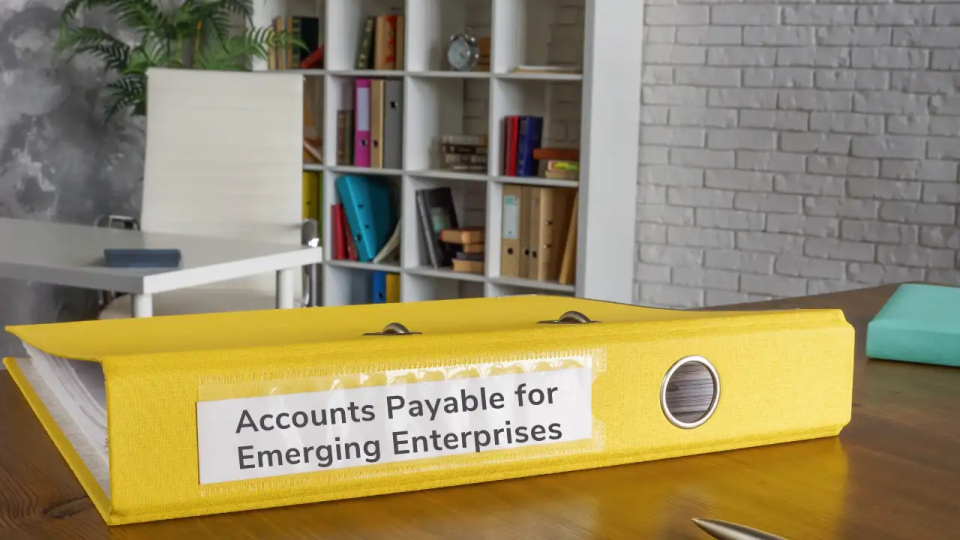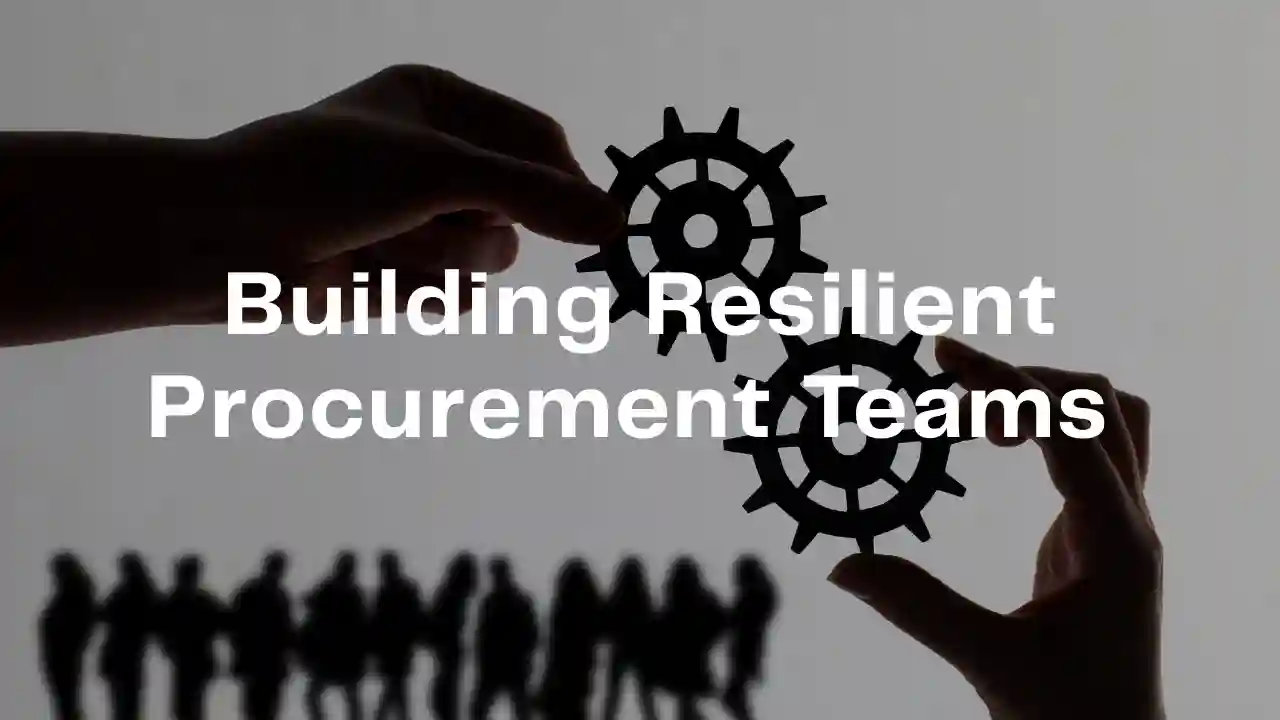TL;DR
- 62% of mid-sized businesses still rely on manual AP—highlighting the urgent need for Accounts Payable Software for Emerging Enterprise. These outdated methods cause delays, cash flow blind spots, and costly errors.
- Common issues include slow approvals, duplicate payments, disconnected systems, and lack of real-time visibility into spend.
- Modern AP software automates data entry, routes approvals smartly, and integrates with accounting tools to reduce invoice processing time by 70% and errors by 97%.
- Real-time dashboards improve cash forecasting, fraud controls cut losses by 37%, and audit logs ensure full compliance.
- Zycus helps lean finance teams scale AP without scaling headcount, turning payables into a strategic growth lever.
Introduction: From Headaches to Harmony
In mid-market enterprises, accounts payable isn’t a structured function; it’s a recurring chore. Whether it’s the founder clearing invoices after hours or a finance manager toggling between email chains and spreadsheets, AP rarely gets the dedicated attention it needs.
This isn’t just anecdotal. Research shows, 62% of small and medium-sized enterprises still rely on manual processes for their AP functions. That means handwritten checks, Excel trackers, PDF invoices, and a constant risk of things slipping through the cracks. AP, in most mid-sized businesses, is a shared burden rather than a systematized process.
The consequences? They’re costly. more than half of companies report delays in invoice approvals and payment cycles, which in turn cause cash flow blind spots, strained vendor relationships, and missed early payment discounts. Manual AP also opens the door to duplicate payments, lost invoices, and errors that compound over time especially when finance is juggling this with payroll, forecasting, and budgeting.
But modern AP software is changing the narrative. Today’s solutions are built not for complexity but for clarity. They automate data entry, route approvals intelligently, offer real-time visibility into liabilities and payments. Most importantly, they do all this without requiring large teams, long implementations, or enterprise-level budgets.
In this guide, we’ll explore why traditional AP holds growing businesses back, what modern AP really looks like, the features that matter and how to choose a solution built for lean teams and growing businesses.
Read more: What’s Next in the Exciting Accounts Payable Automation Market
Section 1: Why Accounts Payable is a Daily Struggle for Emerging Enterprises
For mid-market businesses, AP isn’t a streamlined process; it’s patchwork of spreadsheets, email chains, and manual approvals. With limited staff and no dedicated tools, even simple tasks like paying a vendor can spiral into delay, confusion, or error. Below are the five most common pain points holding AP back.
Download Whitepaper: Accounts Payable Digital Transformation: A Positive Shift
1. Manual Data Entry Is Time-Consuming and Error-Prone
54% of AP professionals spend more than half their time on manual data entry, turning a basic task into a costly time sink. Errors from manual entry lead to overpayments, vendor disputes, and avoidable stress.
2. Approval Bottlenecks Create Unpredictable Delays
Manual approval workflows often stall when invoices wait in inboxes or with unavailable managers. Frequent delays due to misrouted or untracked invoices result in missed discounts and damaged vendor trust.
3. Paper Checks and Unstructured Payments Slow You Down
Despite digital tools, many mid-market enterprises still rely on paper checks, which take 3–10 days to process. This not only delays vendor payments but also complicates cash flow tracking and reconciliation.
4. No Integration with Accounting Tools Creates Rework
30% of AP teams cite lack of accounting integration as a major bottleneck. This forces duplicate data entry, increases errors, and adds hours to monthly reconciliation efforts.
5. Limited Controls Invite Errors and Risk
80% of companies experienced payment fraud in 2023, much of it tied to weak internal controls and reliance on checks. Mid-sized teams without structured approval layers are especially vulnerable.
Section 2: Why Emerging Enterprise AP ≠ Enterprise AP
Accounts payable isn’t a one-size-fits-all process. What works for a Fortune 500 company often overwhelms a lean finance team. Emerging enterprises don’t just need “less”, they need fundamentally different systems, workflows, and pricing models. Here’s how the differences break down across five core dimensions:
| Dimension | Enterprise AP | Mid-Market Enterprise AP |
| Team Structure | Dedicated AP departments with specialized roles in invoice processing, vendor onboarding, and compliance ensure strong segregation of duties. | AP tasks are managed by 1–2 generalists (e.g., office manager, founder), often without formal AP training or full-time focus. |
| Workflows & Controls | Multi-tiered, rule-heavy workflows built for governance and audit readiness; slow to change and resource-heavy to manage. | Simple, intuitive approval flows with minimal layers designed for speed, not bureaucracy. Ideal for mid-sized teams and fast decisions. |
| Implementation & Scale | Deployments can take 6–12 months, often requiring consultants, IT support, and deep customization to align with enterprise processes. | Cloud-based solutions that go live in days or weeks, often with pre-configured templates and minimal need for external help. |
| Budget & Pricing | Enterprises commit to high license fees, multi-year contracts, and ongoing support costs across departments. | Prefer transparent, usage-based pricing models without hidden fees pay for what you use, scale as you grow. |
Section 3: What Modern AP Looks Like for Mid-market Enterprises
Modern accounts payable isn’t about adding complexity or features, it’s about removing friction. For growing businesses, modern AP means eliminating the busy work, reducing errors, and giving mid-sized teams the ability to manage cash flow with clarity and control of a much larger operation.
1. Designed for Mid-sized Teams, Not AP Departments
In growing businesses, AP tasks don’t fall on specialists, they fall on generalists: founders, office managers, or part-time accountants. That’s why modern AP tools are built to be intuitive, self-service, and low-training. Users can approve invoices, track payments, and manage vendor data without needing a finance degree or IT support.
2. Digital From Day One
Modern AP tools eliminate paper, scanning, and data entry. Invoices can be emailed in or uploaded via mobile, with automated data extraction powered by OCR (Optical Character Recognition) handling the rest. No more copy-pasting line items or chasing attachments. Everything enters the system cleanly, quickly, and accurately.
3. Approval Workflows That Just Work
Manual invoice approvals stall in inboxes. Modern AP fixes that with rules-based routing that sends invoices to the right person based on dollar thresholds, department, or vendor type. Approvers can sign off with a tap on their phone. This ensures timely payments and avoids the all-too-common “I never saw that invoice” excuse.
Read more: 8 Signs You Need Automated AP Systems
4. Integrates With the Tools You Already Use
Modern AP doesn’t live in a silo. It connects natively to accounting platforms ensuring that vendors, payment statuses, and GL codes are always aligned. This real-time sync means no more duplicate data entry, fewer reconciliation errors, and faster close cycles.
Section 4: The Real Benefits of AP Software for Mid-market Enterprises
Accelerate Your AP Process by Over 70%
Modern AP software eliminates repetitive manual tasks and slashes invoice processing time from 14.6 days to just 3.2 days, freeing your team to focus on high-value work, not chasing approvals.
Reduce Invoice Errors by 97%
Manual data entry causes mistakes in nearly 4 out of 10 invoices. Automation cuts that error rate to below 1%, helping you avoid overpayments, late fees, and disputes.
Gain Real-Time Visibility to Improve Cash Flow
Know exactly what’s paid, pending, and overdue. Automated AP gives mid-sized businesses accurate, up-to-the-minute insights that lead to better cash flow forecasting and liquidity control.
Stay Audit-Ready and Fraud-Resistant
With every invoice and approval digitally logged, audits take minutes, not days. Built-in controls can also cut fraud-related losses by up to 37%.
Scale Your Business Without Scaling Your Team
As your invoice volume grows, your AP process won’t break. Automation enables mid-market enterprise to scale payables without increasing headcount—just like one firm that tripled AP volume with zero new hires.
Conclusion: Time to Rethink AP
If managing accounts payable still feels like juggling spreadsheets and chasing approvals, you’re not alone, but you do have options.
Modern AP software gives mid-market enterprises speed, accuracy, and control without adding headcount or complexity. It turns payables from a time drain into a strategic function.
Less busywork. More visibility. Smarter decisions.
The right AP tool won’t just help you pay vendors; it’ll help you run your business better.
Related Reads:
- 5 Clichés About Payment Automation Software and AP Automation Projects You Should Avoid
- Effectively Managing Accounts Payable Vendor Management Challenges with AP Automation
- Accounts payable software for Large businesses
- The Rise of the Accounts Payable Automation Market: The Future of Finance Transformation
- Whitepaper: Accounts Payable Automation Survey: Discover Success































































